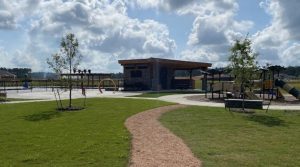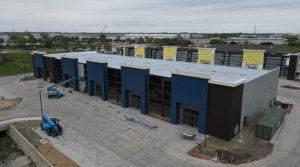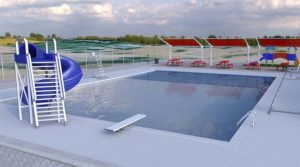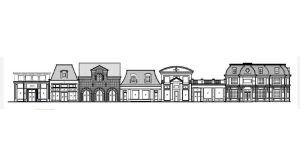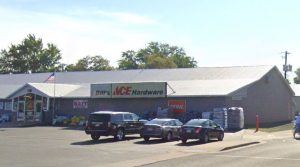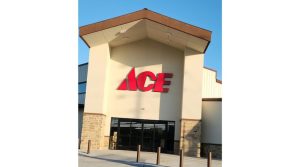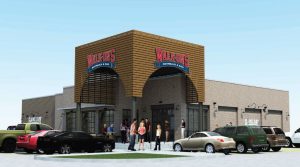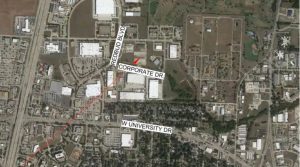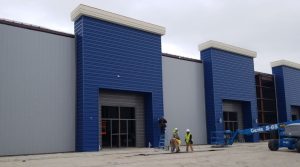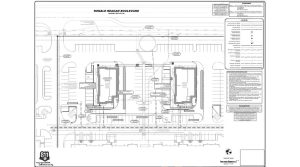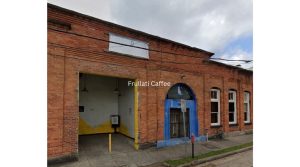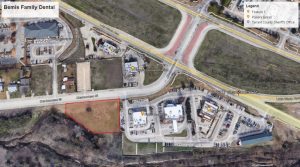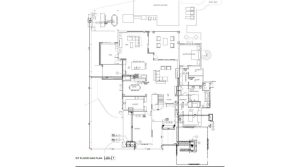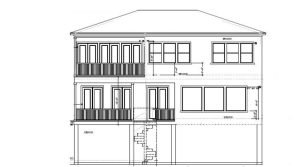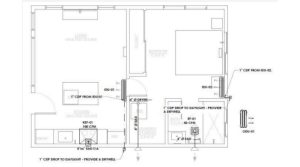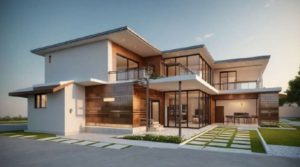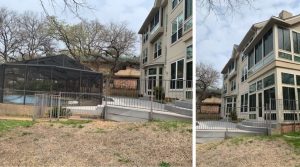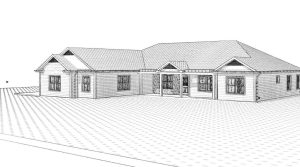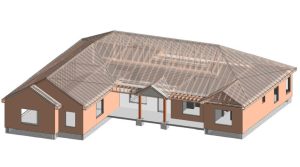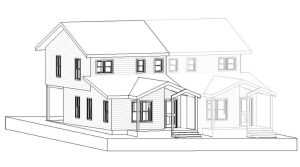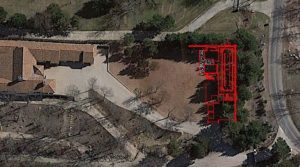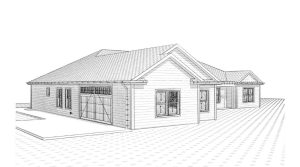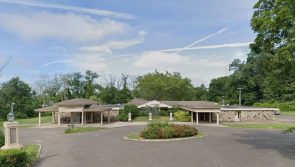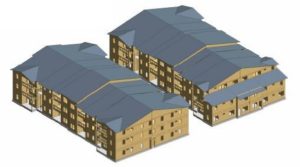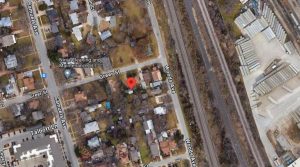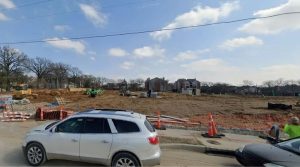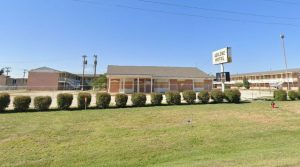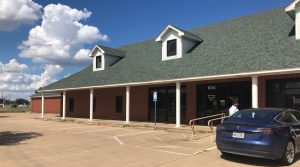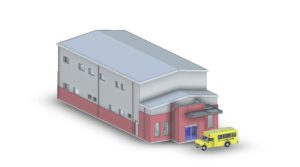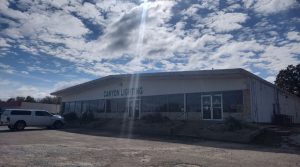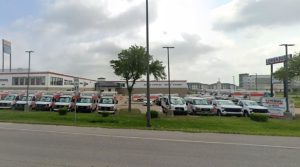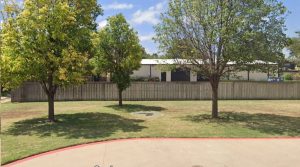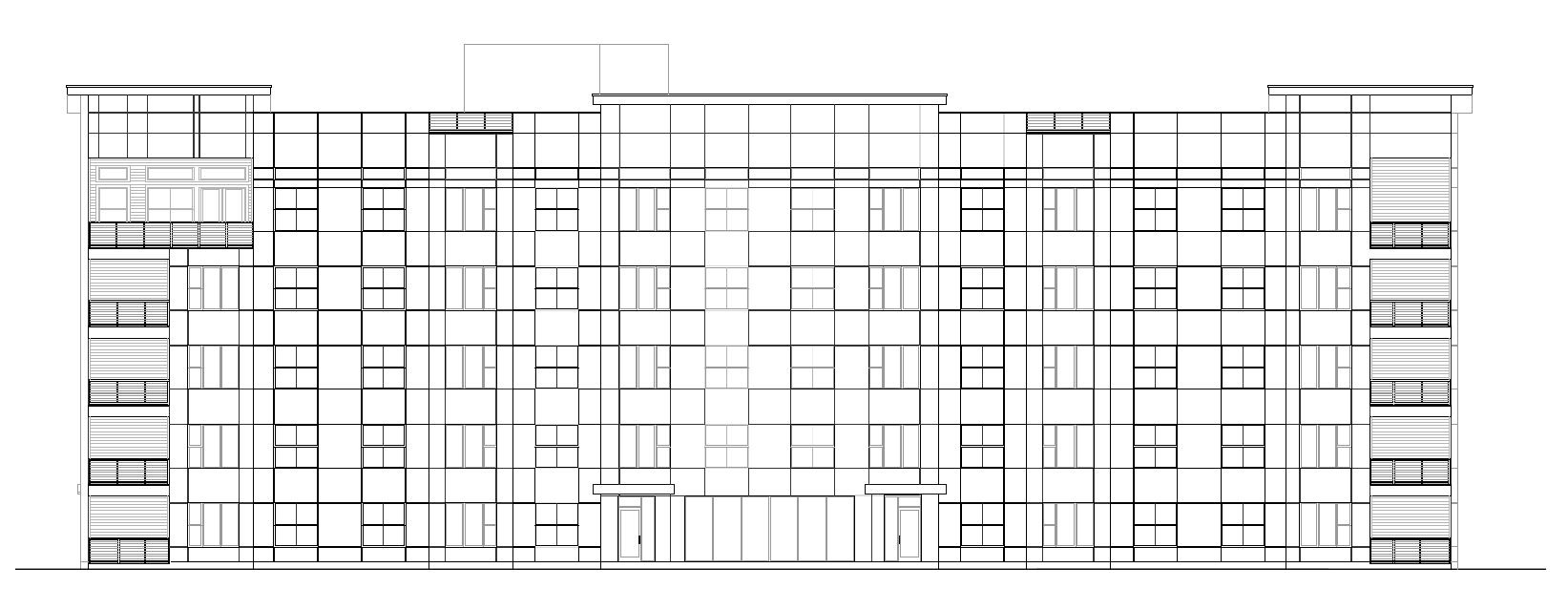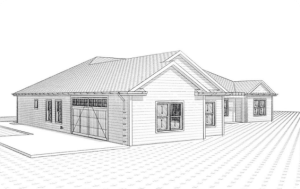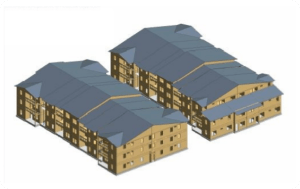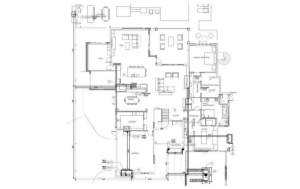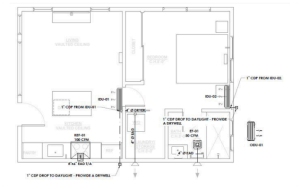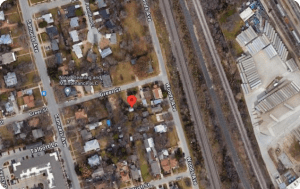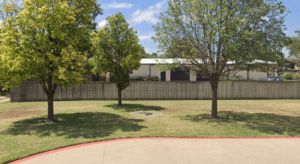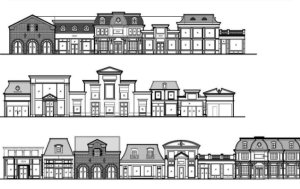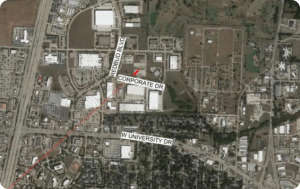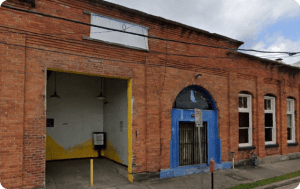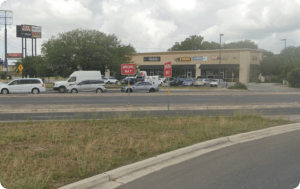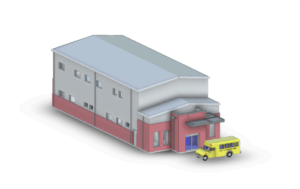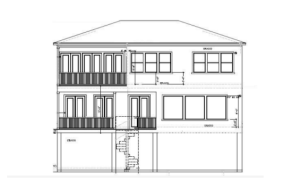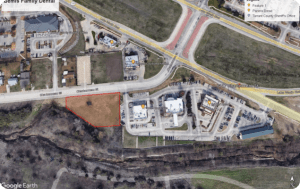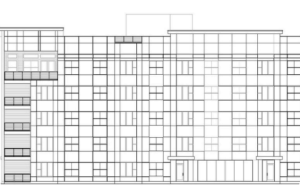Navigating MEP Design in California
Introduction to MEP Design in Urban Office Spaces
As California’s urban landscapes evolve, the demand for innovative and efficient office spaces has surged. Mechanical, Electrical, and Plumbing (MEP) design is critical in creating functional and sustainable work environments. This guide explores the unique challenges of Navigating MEP design in California’s bustling cities, offering insights and strategies for architects, engineers, and builders.
Key Components of MEP Systems
Mechanical Design: Mechanical design is central to maintaining comfortable and energy-efficient office spaces. It encompasses HVAC systems tailored to California’s diverse climate zones. Efficient heating, ventilation, and air conditioning systems improve energy usage, indoor air quality, and occupant comfort while complying with Title 24 energy standards. The integration of smart controls ensures that these systems adapt to varying occupancy levels and external weather conditions, optimizing both energy efficiency and user satisfaction.
Electrical Design: Electrical systems are the backbone of modern office operations. From lighting to power distribution for office equipment, reliable electrical design ensures seamless functionality. The incorporation of energy-efficient solutions such as LED lighting, automated controls, and IoT-enabled devices enhances productivity while reducing operational costs. Designing systems to accommodate evolving technologies like renewable energy sources and battery storage adds future-proofing to urban office designs.
Plumbing Design: Plumbing systems in urban offices require innovative solutions for water management. Efficient plumbing ensures not only the supply of potable water and drainage but also integrates sustainable practices like water-saving fixtures, greywater recycling, and rainwater harvesting systems. Adhering to CALGreen standards is essential for reducing water usage and aligning with California’s environmental goals.
Navigating California’s Regulatory Landscape
California’s Title 24 and CALGreen codes set rigorous standards for energy efficiency, water conservation, and environmental impact. These regulations are designed to push the boundaries of sustainability while ensuring safety and efficiency. Additionally, local amendments in cities like Los Angeles and San Francisco often introduce specific requirements, such as seismic safety measures and additional energy performance criteria. Staying informed about these evolving regulations is critical to successful MEP design.
Addressing Sustainability in MEP Design
Sustainability is pivotal in MEP design, particularly in resource-sensitive areas like California. Innovative strategies include:
- Energy-Efficient HVAC Systems: Advanced systems like variable refrigerant flow (VRF) optimize heating and cooling.
- LED Lighting and Smart Controls: Automated lighting reduces energy consumption while enhancing user experience.
- Water Conservation Techniques: Low-flow fixtures, greywater recycling, and rainwater harvesting significantly reduce water usage.
Biophilic design elements, such as green roofs and living walls, complement MEP systems by creating healthier and more visually appealing environments. These features support employee well-being and productivity while reinforcing sustainability goals.
Overcoming Urban Design Challenges
Urban office buildings present unique challenges due to limited space, older infrastructure, and environmental considerations. Solutions to these challenges include:
- Modular Systems: Compact and scalable equipment maximizes space utilization.
- BIM Technology: Building Information Modeling facilitates 3D visualization of MEP systems, allowing for optimized layouts and early detection of design clashes.
- Smart Systems: IoT-enabled devices improve energy management, space utilization, and occupant comfort.
Efficient routing of systems, such as combining mechanical and electrical pathways, can further enhance space efficiency while maintaining compliance with building codes.
Collaboration Among Stakeholders
Collaboration between architects, engineers, contractors, and building owners ensures that MEP systems integrate seamlessly with overall building designs. Early involvement of all stakeholders allows for proactive identification of challenges, such as structural limitations or energy performance goals. Tools like BIM enhance coordination, reducing costly errors and delays while fostering innovative solutions tailored to the project’s specific needs.
Case Studies: Successful MEP Designs
- Sustainable Tower, San Francisco: This project achieved a 30% energy reduction through the use of advanced VRF systems. Collaboration between MEP engineers and architects preserved the building’s historical aesthetic while meeting modern energy standards.
- Tech Hub, Los Angeles: The integration of modular electrical systems allowed for scalable solutions that adapted to rapid tenant demands. This approach minimized downtime and costs while enhancing tenant satisfaction.
- Green Initiative Project, San Diego: Water conservation efforts, including rainwater harvesting and greywater recycling, reduced water usage by 40%. Smart sensors ensured real-time monitoring and optimization of water and energy usage.
Future Trends in MEP Design
Smart Building Technologies: IoT devices are increasingly integrated into MEP systems for real-time monitoring and adaptive controls. These systems enhance energy efficiency and occupant comfort by responding dynamically to usage patterns and environmental conditions.
Renewable Energy Integration: Solar panels, energy storage systems, and microgrid technology are becoming staples of sustainable MEP design. Incorporating renewable energy sources reduces reliance on fossil fuels and aligns with California’s aggressive climate goals.
Health-Focused Designs: The COVID-19 pandemic has emphasized the importance of indoor air quality. Advanced air filtration systems, increased ventilation, and natural light optimization create healthier environments that improve employee well-being and productivity.
Flexibility in Design: The rise of remote work has prompted a shift towards flexible office spaces. MEP systems are now designed to support adaptable layouts, ensuring functionality regardless of changing office configurations.
Selecting the Right MEP Design Firm
Choosing the right MEP design firm is critical to navigating the complexities of urban office spaces. Key criteria include:
- Experience with California’s Urban Regulations: Firms must demonstrate familiarity with local codes and successful project execution in similar environments.
- Technological Proficiency: Expertise in BIM and other advanced tools ensures efficient and precise designs.
- Commitment to Sustainability: Firms with a track record of integrating green building practices align with California’s environmental priorities.
- Effective Communication: Collaborative teams that engage stakeholders throughout the project lifecycle foster innovation and mitigate risks.
- Budget Alignment: Transparency in fees and services helps avoid unexpected costs while ensuring high-quality outcomes.
Conclusion: Embracing Challenges for Innovative Office Spaces
California’s urban environments demand creative solutions to MEP design challenges. By prioritizing sustainability, collaboration, and advanced technologies, professionals can create efficient, comfortable, and future-ready office spaces. Case studies and emerging trends highlight the potential of innovative approaches to transform challenges into opportunities. With careful planning and execution, MEP design firms can lead the way in shaping resilient and sustainable urban landscapes.
visit: https://gdiengdesign.com/gdiengdesign-mep-ca/
Learn more: https://californiaenergydesigns.com/
